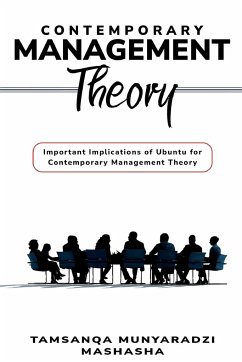According to Mike Bendixen and Bruce Burger (1998: 107-108), South Africa has one of the most developed economic infrastructures on the African continent, illustrated by the rapid economic development changes implemented by the democratic government of 1994. Upon its inception the newly elected government sought economic growth with the intention of expanding social service funds and increasing employment (Bendixen and Burger, 1998: 107-108). According to Stephan Malherbe and Nick Segal (2001: 2) it was it was proposed that in order to attain the desired levels of economic growth, the state would need to increase mobilisation of both domestic and foreign capital, as well as promote the efficient use of that capital. This then resulted in the central role of the corporate sphere and its governance or rather management, within the government's development plans (Malherbe and Segal, 2001: 2-3). However, as argued by Malherbe and Segal (2001: 2-3), the newly elected government was unable to achieve many of its economic aspirations - such as the expansion of social services funds as well as the creation of more employment - due to most of the state's developed industries and corporations being firmly rooted in Anglo-American (western) oriented traditions and practices, which are notoriously reluctant to change. Thus, one could suggest that while proficient, the South African economy finds itself in stagnation or, what Stan Du Plessis and Ben Smit (2005: 1-4) describe as a state of inertia. This argument is backed by Adele Thomas and Bendixen (2000: 507-508) who suggest that there exist a great number of reasons as to why the economy is currently depressed, such as the decline of foreign interest in South Africa's mining sector and the instability of the Johannesburg Stock Exchange (JSE), which has led to the weakening of the Rand. Malherbe and Segal (2001: 2) concur, suggesting that by the late 1980s, many of South Africa's corporations were bloated, unfocused and run by entrenched and complacent managers. These firms were sustained and tolerated by a very different environment in comparison to those of residence within 1st world economies and capital markets (Malherbe and Segal, 2001: 2).







